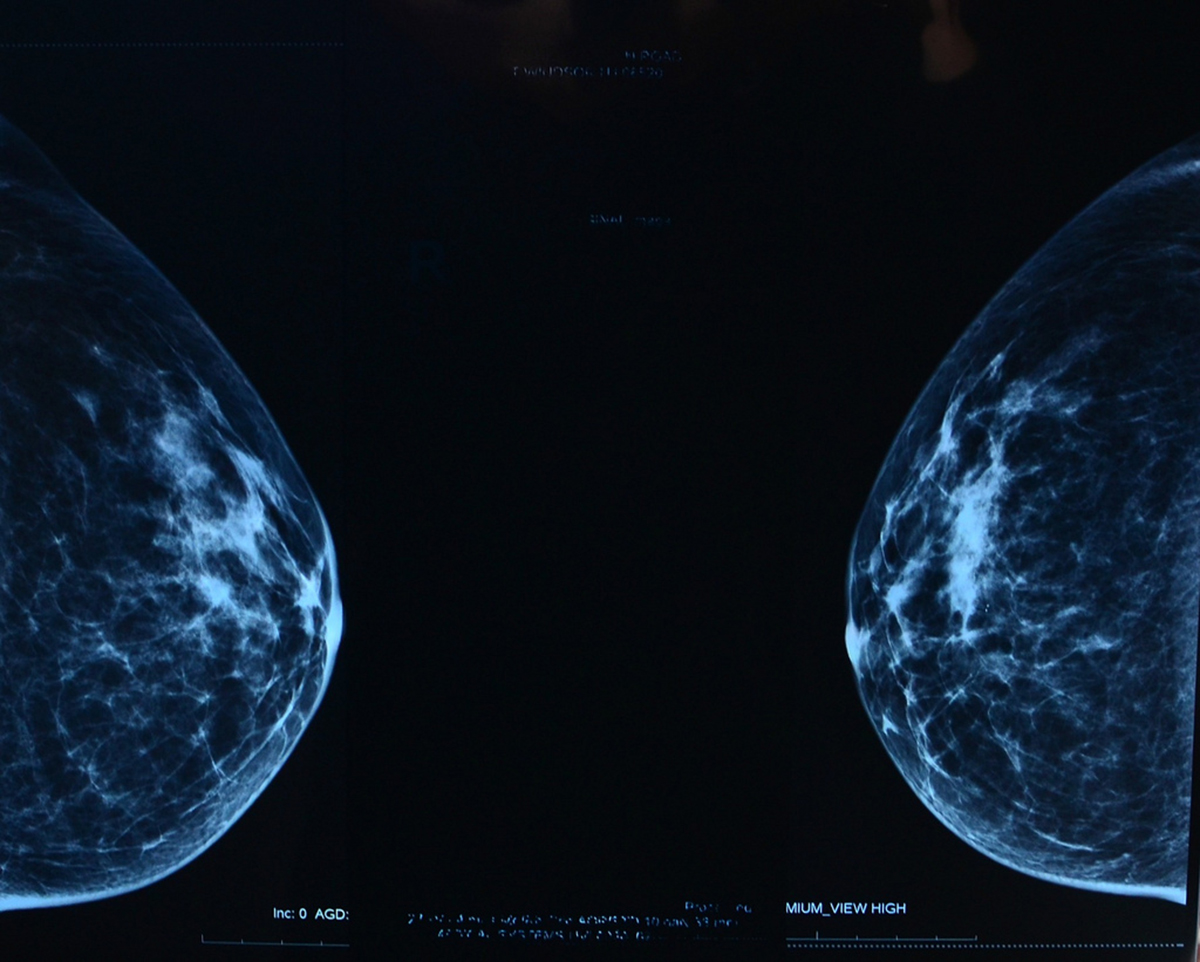Table of Contents
Women who live in countries where mammograms are carried out routinely after age 40 are likely to receive an invitation letter from their local doctor when they are due for screening. Your country may carry these mammograms out periodically, sometimes even in a mobile clinic.

"All ladies from our street get called up on the same day," Anna — a 50-year old woman from the Netherlands — shares. "My neighbor and I carpool to get to the mobile clinic every other year." If your country is less proactive, you may need to remember it's time for your mammogram yourself, and make the appointment.
Does It Hurt?
The mammogram comes with two plates. The x-ray plate sits at the bottom of the machine, and an adjustable plastic plate is on top. Your breasts are x-rayed one at a time, and are briefly compressed between the two plates to take the picture. This is done so that you do not move during the procedure, and to make the breast tissue thinner so a clearer picture can be made.
Does it hurt? "My neighbor is always really nervous about her mammogram," Anna says. "She says the procedure is very painful for her. I don't think anything of it because it really doesn't hurt me at all. But then again, my neighbor has huge breasts and I only have small ones."
The experience is, in other words, individual. Most women find that the thought of having a mammogram is worse than the reality. You're much more likely to experience slight discomfort than actual pain. If you do feel pain, talk to your technician about it.
Mammograms can be digital or film. The actual picture looks different depending on which method is used, but both detect the exact same things. The pictures of your breasts are interpreted by a doctor — usually a radiologist — and you will get your results within a few weeks.
If your mammogram is normal, you can forget about it until you are due for your next one. If you have abnormal results, go in to talk to your doctor but don't freak out right away because the changes found by a mammogram can also be benign.
Preparing For Your Mammogram
Do you need to prepare for a mammogram? "You have to take your top off to have a mammogram, obviously," Anna says. "My main tip is not to wear a dress, as some ladies from my street did." Apart from that very practical advice, women who are about to undergo a mammogram will want to remember to refrain from wearing deodorants or perfumes on the day itself, as they can distort the x-ray.
Women who are currently menstruating or are about to start will want to reschedule their mammogram if the appointment was made for them, or they can avoid having the procedure around "that time of the month" if they are undergoing the mammogram privately.
See Also: Tips For Breast Cancer Prevention
The procedure won't take more than 20 minutes from start to finish, excluding any possible waiting time. After that, you just have to wait for the results. If you get the all-clear, simply ask when you're due for your next mammogram and continue to practice regular self-breast exams. If you do have breast cancer, the early detection will usually increase your survival rate greatly.
- Photo by shutterstock.com
- Photo courtesy of slgckgc by Flickr : www.flickr.com/photos/slgc/10963901874/

